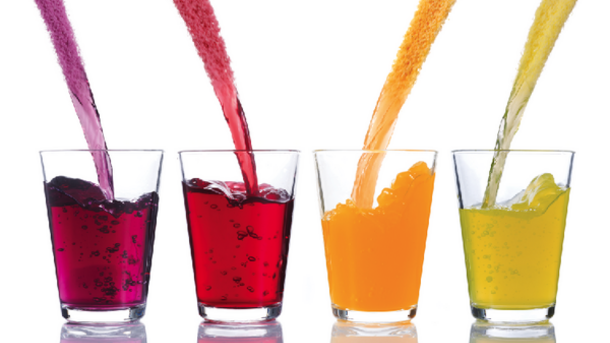My Star Chefs by BROCK CARY on JUNE 8, 2022
Sustainability is predicated on our ability to get and consume enough amounts of food. It’s impossible to eat without seeing food in a variety of colors. Without color, it is impossible to imagine food. “Food coloring” is a general term for any dye, pigment, or chemical mixed into food to achieve the desired hue. Solid powders, liquids, and viscosity like gel and paste are some of the several kinds of food coloring agents available. Based on its origins, it can be divided into two categories:
Two types of color exist natural food coloring, and the other is fabricated.
Natural food coloring is healthy for your health. As a result, consumers will be better able to identify the food they want to buy. Make the food more attractive by adding more flavors and colors.
Colors in food have an impact on appetite and meal preference. Making food visually appealing and instructive is a complex process that requires a wide range of techniques.
Protecting flavors and vitamins from light damage, ensuring a certain quality for decorative or artistic purposes, increasing appetite appeal, making less desirable food more desirable, masking defects, and keeping certain foods tasting fresher for a long time are also critical aspects of food preservation and quality control.
Indicator of food’s natural color
It may signify sweetness, maturity or decay, type of flavor, sorts of fruits or vegetables, and visual information about phytochemical qualities that are beneficial to health.
Food dye Annatto (E160b), a reddish-orange dye derived from achiote Betanin (E162) extracted from beets Butterfly pea; a blue food dye Caramel coloring (E150a-d) made from caramelized sugar Chlorophyllin (E140); and a green dye Elderberry juice.
The red color is derived from the cochineal bug, Dactylopius coccus Carmine (E120); a green food coloring from the Pandanus amaryllifolius plant; a red dye derived from the paprika plant (E160c), Saffron, turmeric, and curcuminoids (E100) (carotenoids, E160a).
Colorant synthesized synthetically
Colorants, color additives, food dyes, and food coloring agents are any dye, pigment, or material that can impart color, either alone or in combination with other substances, in food, medication, cosmetics, or the human body or applied to it.
Plant, animal, and mineral-based colors have been utilized before manufacturers started using more artificial ones because of their economic appeal. Toxic aniline was the first petroleum product from which numerous chemically synthesized colors were extracted. Bituminous coal tar was the primary source of raw materials, which were highly hazardous to human health. Due to their lower production costs and desirable coloration qualities, synthetically synthesized colors are commonly utilized in food, paint, coatings, textiles, and polymers. They are also readily available and widely used. Colors made from synthetic materials are known as Azo-dyes. It is possible to tailor the dye’s color by varying the number of azo groups and substituents. To produce blue, benzidine derivate was substituted for aniline derivate. Aniline derivatives (diazo) were reacted with naphthol derivate to make red.
The FDA has approved the following natural colorants:
- Annatto Extract
- Beet Juice
- Beta Carotene
- Black / Purple Carrot
- Blue Fruit Juice Color
- Grape Juice
- Hibiscus Fruit
- Paprika
- Purple Carmine
- Purple Carmine Lake
- Red Carmine Lake
- Riboflavin
- Titanium Dioxide
- Turmeric (Curcumin)
- Proprietary Blends of two or more Natural Colors

